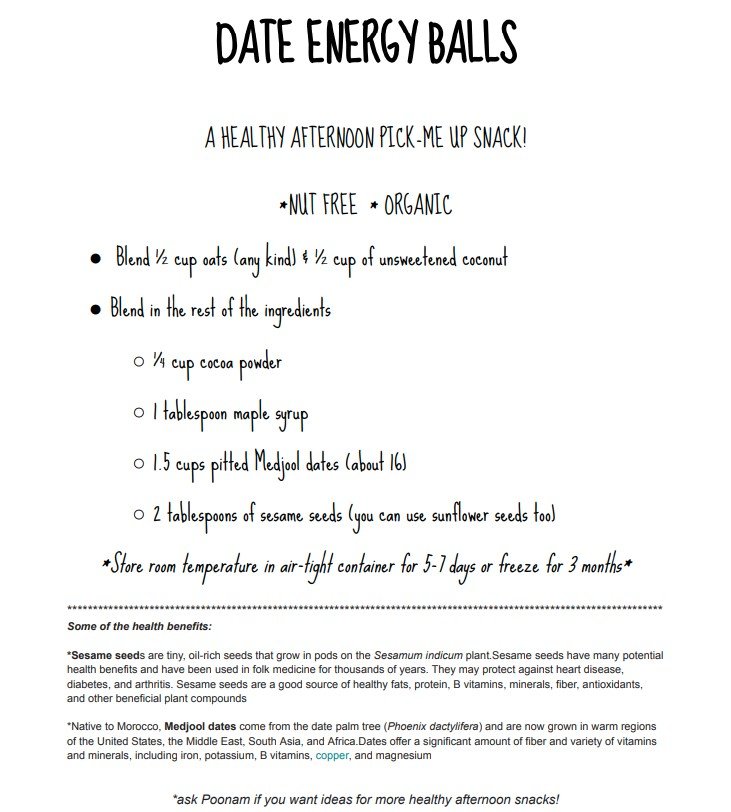April is National Stress Awareness Month, a time to raise awareness of the negative consequences of stress in our daily lives and to share ways for managing it. We are all aware that some minor stress is unavoidable, but did you know chronic and disruptive stress can have serious consequences for both your physical and mental health? In fact, when children experience toxic stress, it can affect their well-being and behavior in the short term and even have lifelong effects on their health. With 1 in 3 children in California at risk for toxic stress and nearly 2 million affected by adverse childhood experiences (ACEs) which are known to trigger it, toxic stress is a serious issue that must be recognized and addressed (Tomiyoshi, 2023).
What is Toxic Stress?
Not all stress is bad; learning how to cope with adversity is actually an important component of healthy child development (Center on the Developing Child, 2024). Our body’s natural response to occurrences like getting a vaccine injection or receiving a bad grade, is expected and should return to normal if the stressful situation is only temporary and if the child has supportive relationships with adults to help buffer the effects (Center on the Developing Child, 2024). In contrast, toxic stress is when someone “experiences major life stressors for long periods of time without adequate adult support” (Center on the Developing Child, 2024). Some examples of adverse childhood experiences that can cause toxic stress include physical or emotional abuse, chronic neglect, caregiver substance abuse or mental illness, exposure to violence, and economic hardship (Center of the Developing Child, 2024). With toxic stress, a “child may feel threatened, unable to deal with or change the situation, hopeless or overwhelmed” (UCLA Health, 2021).
The Effects of Toxic Stress
According to the Center of the Developing Child at Harvard University, experiencing extreme and long-term stress response can hinder the way the brain, immune system and other organ systems develop (2024). In children, toxic stress can lead to anxiety, sadness, problems concentrating or remembering things, behavioral problems, alcohol and drug use, and weakened immune systems (UCLA Health, 2021). In the long term, toxic stress can also impact a child’s lifetime risk for anxiety disorders, depression, asthma, chronic pain, heart disease, autoimmune disorders, certain cancers, and neurodegenerative disorders (UCLA Health, 2021). Research also shows that the more ACEs someone experiences, the greater the risk to their health. One study in the 1990s found that individuals who experienced four or more ACEs had:
Double the risk for heart disease
4.5 times greater risk for depression
More than double the risk for chronic lung disease
How to Recognize the Signs of Toxic Stress
Dr. Nadine Burke Harris, former First Surgeon General of California and former First 5 California chair, shares what parents and caregivers can keep an eye out for in terms of specific signs of toxic stress in children. She says that “children suffering from toxic stress may experience headaches, tummy aches, frequent infections and asthma triggers. It can lead to difficulty with attention and learning, challenges with mood, depression, anxiety or suicidal ideation. It can affect a child’s growth and their height” (Tomiyoshi, 2023)
What Can We Do?
Although the most effective way to mitigate the effects of toxic stress is to reduce a child’s exposure to the cause of extreme stress, research shows that having the support of caring adults in a child’s life can prevent or reverse the harm caused by toxic stress, even if the stressful conditions persist (Center on the Developing Child, 2024).
Acknowledge Alliance’s mission is to help children and adolescents develop their capacity to rebound from hardship and adversity, and grow into well-functioning adults. Our Collaborative Counseling Program (CCP) therapists work with adolescents who have experienced ACEs and continue to face extreme adversities to help them heal underlying trauma and challenges. With supportive, caring adult relationships being so critical to combatting the harmful effects of toxic stress, it is amazing that 97% of CCP clients said they were able to build trusting relationships with their counselors. Educators are some of the most influential people in a child’s life, which is why our Resilience Consultation Program (RCP) provides on-campus services to educators. This support helps educators feel emotionally nourished and set up to succeed in their challenging professions, so they can fully nurture their students’ well-being. RCP also provides social-emotional learning (SEL) classroom lessons that focus on building student’s mindfulness and resilience skills.
Check out these additional resources to learn more about dealing with toxic stress:
When Things Aren’t Perfect: Caring for Yourself and Your Children
The Deepest Well: Healing the Long-Term Effects of Childhood Adversity by Dr. Nadine Burke Harris
References:
Center on the Developing Child, Harvard University (2024). Toxic Stress. Retreived from https://developingchild.harvard.edu/science/key-concepts/toxic-stress/
Tomiyoshi, Tricia (2023, September 7). Toxic stress in childhood can lead to chronic health conditions. Here are 4 ways to protect your kids. Retrieved from https://health.ucdavis.edu/news/headlines/toxic-stress-in-childhood-can-lead-to-chronic-health-conditions-here-are-4-ways-to-protect-your-kids/2023/09
UCLA Health (2021, November 10). A Guide to Toxic Stress in Kids. Retrieved from https://www.uclahealth.org/news/a-guide-to-toxic-stress-in-kids

























